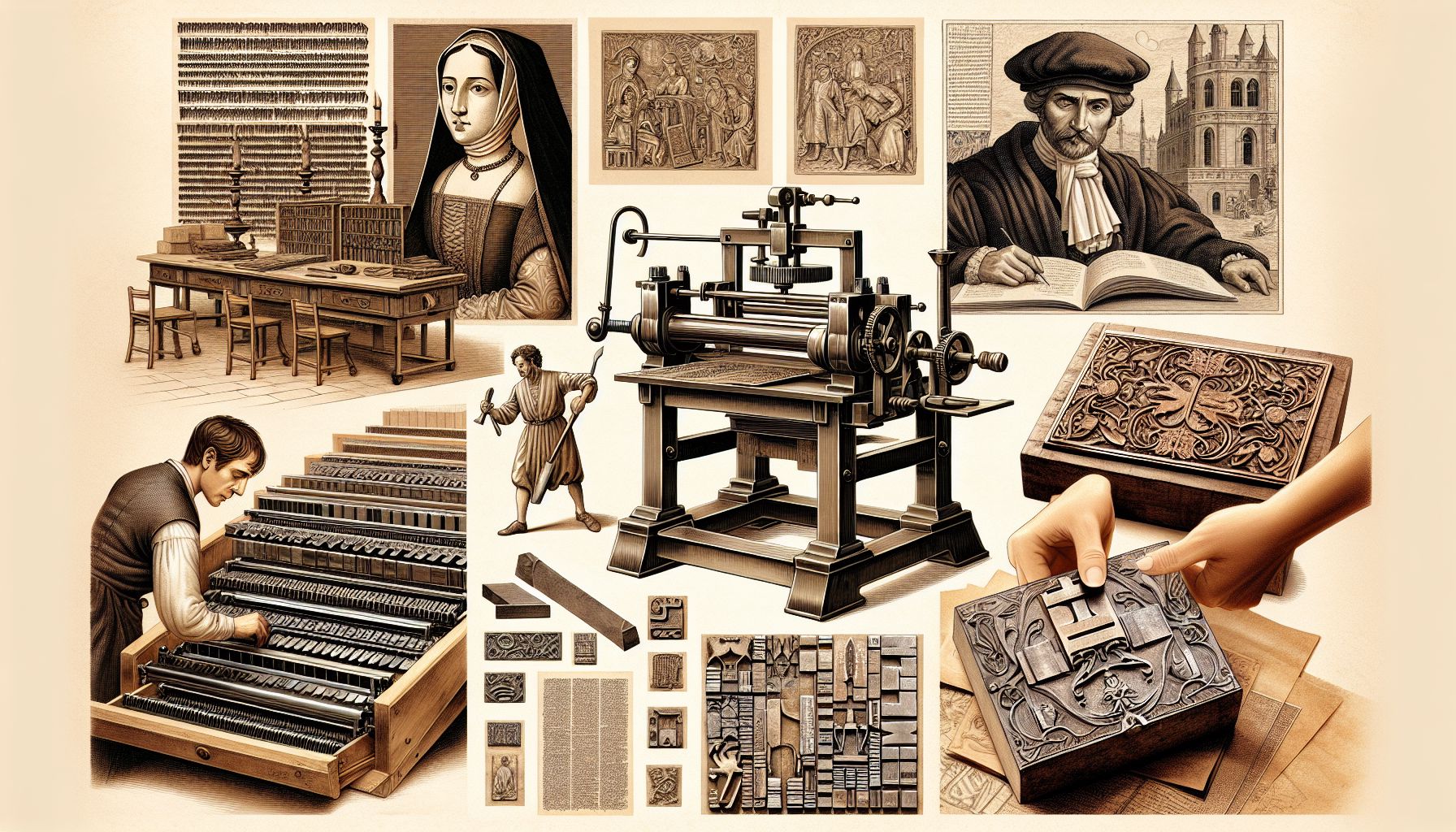Exploring the World of Printing Techniques
Printing techniques have been around for centuries, evolving and adapting to the needs of society. From the ancient Chinese woodblock printing to the modern digital printing methods, the world of printing techniques is vast and varied. In this article, we will explore the different types of printing techniques, their uses, and how they have shaped the way we communicate and create.
Introduction to Printing Techniques
Printing techniques can be broadly categorized into four main types: relief printing, intaglio printing, planographic printing, and stencil printing. Each type has its own unique characteristics and applications, making them suitable for different purposes.
Relief Printing
Relief printing is one of the oldest printing techniques, dating back to ancient civilizations such as the Egyptians and the Chinese. In relief printing, the image is carved onto a block or plate, and ink is applied to the raised surface. When the block is pressed onto paper, the ink is transferred, creating a mirror image of the original design.
Relief printing is commonly used for printing images and text on paper, fabric, and other materials. Some popular relief printing techniques include woodcut, linocut, and rubber stamping.
Intaglio Printing
Intaglio printing involves incising the image into a surface, typically a metal plate, using tools or chemicals. The incised lines hold the ink, which is then transferred to paper under high pressure. Intaglio printing produces crisp, detailed images with rich tonal variations.
Common intaglio printing techniques include etching, engraving, drypoint, and aquatint. Intaglio printing is often used for fine art prints, banknotes, and stamps due to its high level of detail and precision.
Planographic Printing
Planographic printing relies on the principle of oil and water repelling each other. In planographic printing, the image is drawn or transferred onto a flat surface, such as a stone or metal plate, using greasy materials. The surface is then treated with water and ink, which adhere to the greasy image but repel the non-image area.
Lithography is the most well-known planographic printing technique, widely used for commercial printing, packaging, and fine art prints. Planographic printing allows for high-quality, multi-color prints with crisp detail and vibrant colors.
Stencil Printing
Stencil printing involves creating a stencil, typically made of paper, plastic, or metal, and applying ink or paint through the stencil onto the printing surface. Stencil printing is a versatile technique that can produce bold, graphic images with clean lines and shapes.
Common stencil printing methods include screen printing, spray painting, and block printing. Stencil printing is used for a wide range of applications, from posters and signage to textile printing and graffiti art.
Evolution of Printing Techniques
Over the centuries, printing techniques have evolved and advanced with the advent of new technologies and materials. The introduction of mechanized printing presses in the 15th century revolutionized the printing industry, allowing for faster and more efficient production of printed materials.
The Industrial Revolution in the 18th and 19th centuries further accelerated the development of printing techniques, with the invention of steam-powered presses, faster drying inks, and improved paper production methods. The 20th century saw the rise of digital printing technologies, such as offset printing, inkjet printing, and laser printing, which offered greater flexibility, speed, and quality in printing.
Today, 3D printing technologies have opened up new possibilities in printing, allowing for the creation of three-dimensional objects layer by layer. 3D printing is used in various industries, including manufacturing, healthcare, and aerospace, to produce prototypes, medical implants, and custom-designed products.
Applications of Printing Techniques
Printing techniques are used in a wide range of applications, from traditional printing of books and newspapers to modern applications in packaging, advertising, and art. Each printing technique has its own strengths and limitations, making it suitable for specific uses.
- Relief printing is commonly used for printing illustrations, greeting cards, and fabric patterns due to its simplicity and versatility.
- Intaglio printing is favored for fine art prints, currency, and stamps for its precise detail and rich tonal qualities.
- Planographic printing is ideal for reproducing photographs, posters, and packaging with vibrant colors and sharp details.
- Stencil printing is widely used for screen printing t-shirts, creating street art, and producing signage and banners with bold graphics.
Conclusion
Printing techniques have evolved and diversified over the centuries, offering a myriad of options for creating printed materials and artworks. From the traditional relief and intaglio printing methods to the modern digital and 3D printing technologies, the world of printing techniques is rich and varied.
Whether you are a graphic designer, artist, or printer, understanding the different types of printing techniques and their applications can help you choose the right method for your project. By exploring the world of printing techniques, you can unlock new possibilities and unleash your creativity in the world of printing.

